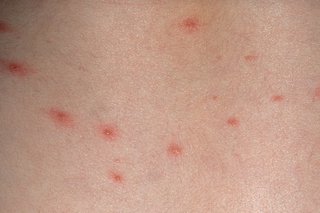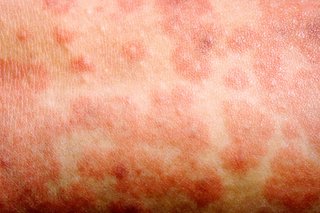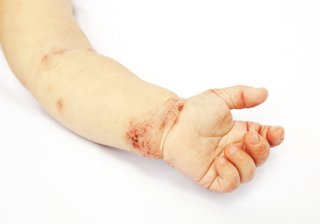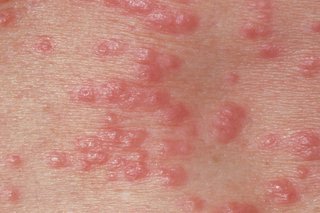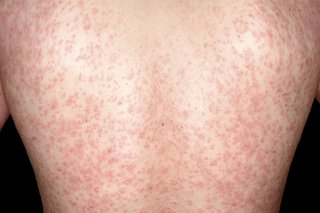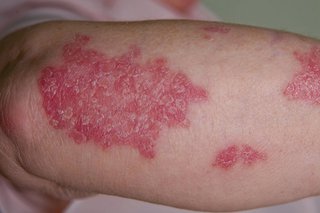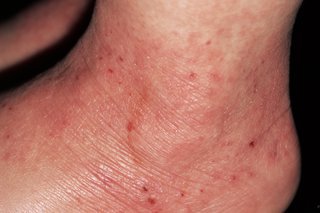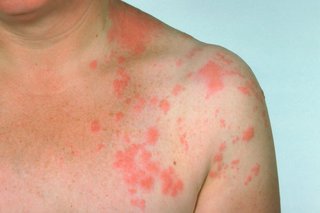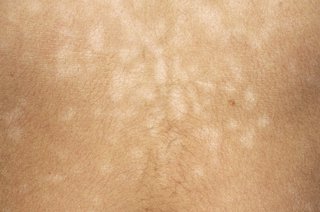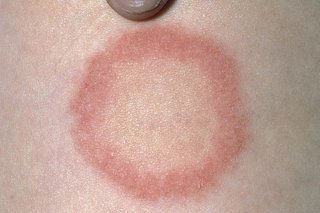If your skin breaks out in bumps or patches you may have a rash. These patches can look red on white skin and grey on black or brown skin.
If the rash appeared quickly and you do not feel well, you may have an infection.
If you have a rash but feel well, it is probably an allergic reaction to something. The most common type of allergic reaction is urticaria (hives).
It can also mean your skin has come into contact with something that has caused a reaction.
Urgent advice: Go to your GP or nearest emergency department if you have a rash and:
- a severe headache
- vomiting
- high temperature
- a stiff neck
- sensitivity to light
These are signs of meningitis.
Types of rashes
These can include hives, heat rashes or long term skin conditions such as psoriasis.
Hives
A hives rash can come in patches in many shapes and sizes.
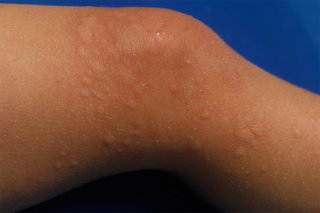
Many things can trigger hives. These include:
- nettles
- insect bites and stings
- medicines
- exercise or heat
- certain foods
- latex
Heat rash
A heat rash is uncomfortable, but usually harmless. It usually gets better on its own after a few days.
The symptoms of a heat rash are:
- small, raised spots
- an itchy, prickly feeling
- mild swelling
The rash often looks red, but this may be less obvious on brown or black skin. It can appear anywhere on the body.
It can appear anywhere on the body and spread, but it cannot be passed on to other people.

Rashes in children
A rash on your child’s skin can be caused by a number of things.
These include:
Photos of rashes
Check your or your child's rash against these common rashes.
Treatment for rashes
Antibiotics do not help most rashes.
Hives are usually treated with antihistamine tablets. Ask your pharmacist for advice. You can also take paracetamol or ibuprofen if you have any pain.
Put on an emollient and wash with a non-fragranced and soap-free cleanser.
Non-urgent advice: Go to your GP if:
- you have a rash and do not feel well
They can check if an infection is causing the problem. Some infections caused by viruses may need treatment.

